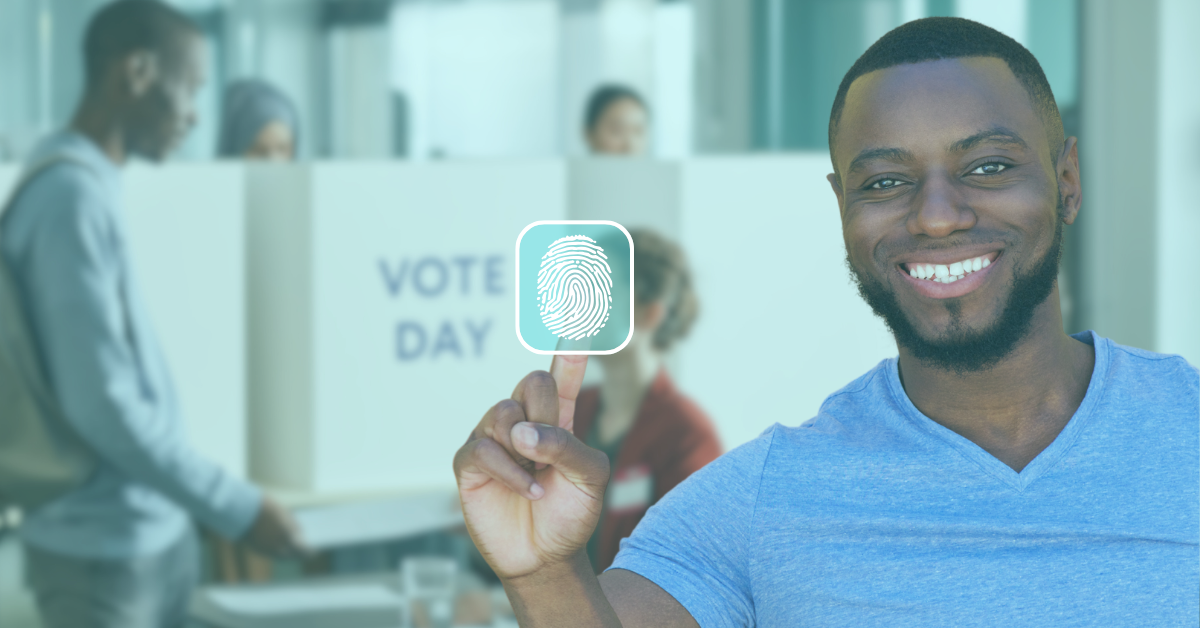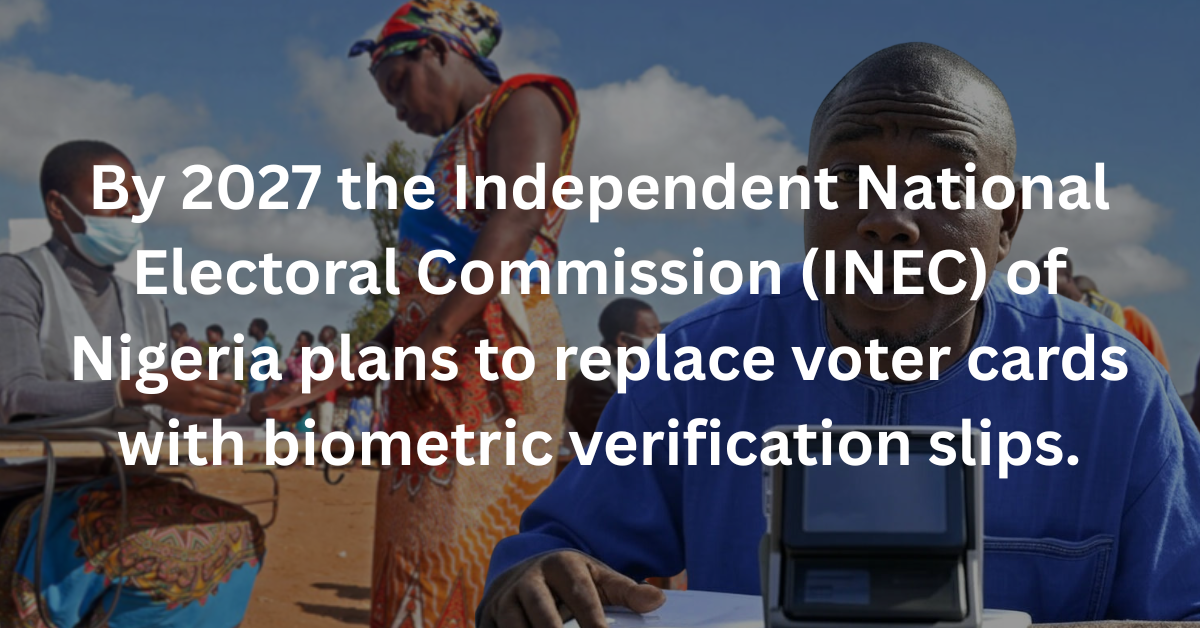Categories
In an era where electoral integrity is paramount, biometric election verification offers a powerful solution to safeguard voter identities and ensure transparent, fraud-free elections. By leveraging unique biological traits like fingerprints, facial features, or iris patterns, this technology minimizes risks of voter impersonation and enhances trust in democratic systems.
This article explores how biometric election authentication functions, its role in voter registration, global implementations, innovative trials, and challenges facing its adoption in 2025.

Biometric election verification uses advanced biometric technology to authenticate voters through their unique physical characteristics, such as fingerprints, facial scans, or iris patterns. Unlike traditional voter IDs, which are susceptible to forgery, biometric election authentication when voting provides a highly secure, fraud-resistant method to confirm identities.
During elections, voters’ biometric data, collected during registration, is compared to live scans at polling stations, ensuring only legitimate voters participate and bolstering confidence in electoral outcomes globally.
Biometric election systems transform voter registration by improving accuracy, inclusivity, and security in electoral databases.
During voter registration, electoral bodies use specialized biometric devices to capture fingerprints, facial images, or iris scans. These devices, equipped with high-resolution sensors, encrypt the data and store it in secure, centralized databases. Advanced de-duplication algorithms analyze biometric election verification data to eliminate duplicate or fraudulent registrations, ensuring a clean and reliable voter roll.
Biometric election verification for voter registration enhances database integrity by removing errors, such as duplicate entries or outdated records of deceased individuals. Mobile biometric units extend registration to remote and underserved regions, enabling marginalized communities to enroll easily.
With user-friendly interfaces and trained staff, biometric election authentication when registering ensures an inclusive, efficient process that supports democratic participation.

Biometric election systems are being adopted worldwide to strengthen electoral security and uphold the integrity of democratic processes.
Brazil has been a pioneer in biometric election verification since 2008, using fingerprint-based systems to authenticate voters. By 2024, over 135 million voters—approximately 85% of the electorate—were registered with biometric data, according to the Superior Electoral Court (TSE).
The system has significantly reduced voter impersonation, with plans to achieve near-total biometric coverage by the 2026 national elections, reinforcing Brazil’s commitment to secure voting.
In its 2020 elections, Ghana deployed biometric election verification using fingerprint and facial recognition across 38,000 polling stations.
The Electoral Commission’s Biometric Verification Devices (BVDs) identified and removed over 17,000 duplicate registrations, ensuring only eligible voters cast ballots.
This success has solidified biometric election authentication when voting as a cornerstone of Ghana’s electoral integrity efforts.
Regions worldwide are testing innovative biometric election systems to enhance transparency and fairness in elections.
Somaliland’s National Elections Commission (NEC) conducted trials of the IRIS-BVVS system in 2024, using iris-based biometric election verification for voter authentication. These trials, involving political parties and observers, ensured transparency for the November 2024 elections, demonstrating the technology’s potential to prevent fraud in challenging electoral environments.
Nigeria’s Independent National Electoral Commission (INEC) is planning significant reforms for 2027, transitioning from voter cards to biometric authentication slips. The Bimodal Voter Accreditation System (BVAS), utilizing fingerprint and facial biometric election verification when voting, aims to curb fraud. Recent discussions on X highlight public support for this shift, citing its potential to enhance electoral credibility.
Adopting biometric election authentication presents several challenges that require careful management. Data privacy is a primary concern, as biometric data is highly sensitive and demands robust cybersecurity to prevent breaches or misuse, requiring compliance with stringent data protection laws. High costs of deploying biometric systems, including hardware and training, can strain budgets, particularly in developing nations, necessitating cost-effective, interoperable solutions.
Cultural resistance also poses a hurdle. In some regions, like rural Nigeria, misconceptions about biometric election verification—such as fears of data being used for malicious purposes—highlight the need for extensive public education campaigns to build trust and encourage adoption.
Biometric election verification is transforming electoral security in 2025, offering precise voter identification and fostering trust in democratic processes. From Brazil’s widespread fingerprint systems to Somaliland’s innovative iris trials, biometric election systems when voting proves its value in safeguarding elections.
However, addressing challenges like privacy risks, high costs, and cultural resistance is essential for its global success. By investing in secure, inclusive, and transparent systems, biometric election authentication can pave the way for fairer, more reliable elections, ensuring the integrity of democracy worldwide in 2025 and beyond.